Controversy over last-minute changes to Brazil circuit
With just two days to go until the start of the World Cup in Petrópolis, Brazil, the UCI has made some changes to the circuit layout in an attempt to make it safer for the riders. But these changes do not seem to convince everyone and Avancini himself says that some areas are now going to be dangerous.
UCI introduces last-minute changes to Brazil circuit
As we could see in this video presented yesterday, Henrique Avancini has had a lot of influence in the design and construction of the Brazil World Cup circuit. A circuit that he has been visiting every day for months to refine every detail.
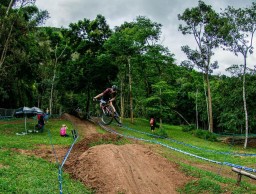
The route includes big drops, some of the biggest World Cup drops, and it is just these that the UCI has decided to add rolling zones for riders who don't want to jump them.
RECOMENDADO

How to wash your cycling clothes? 10 keys to make them always look new

The real importance of signing up for a race
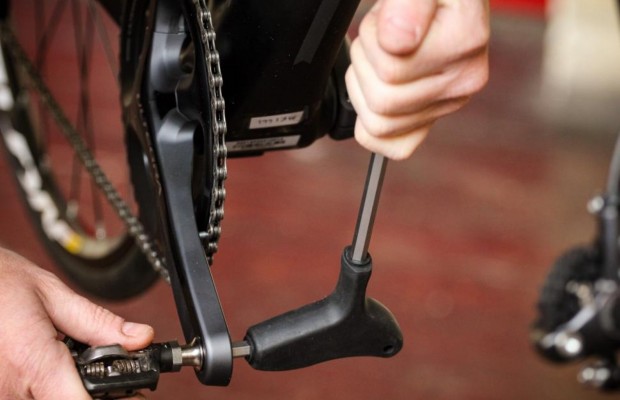
How to change the pedals of any bike in 5 steps
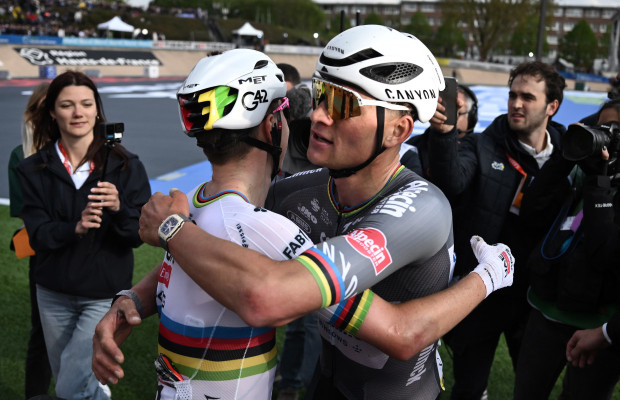
Complete list of the highest paid cyclists of 2025
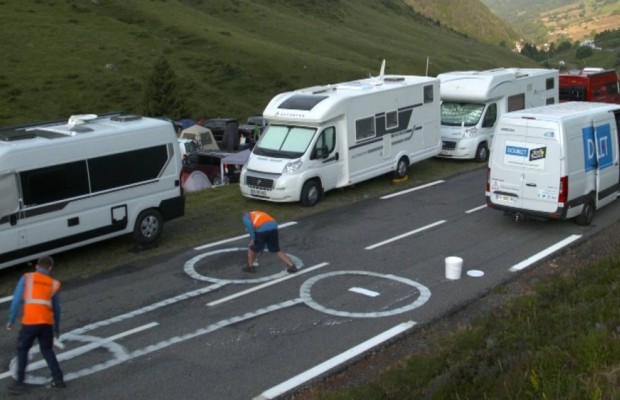
This is how they erase the penises that are drawn on the roads of the Tour de France
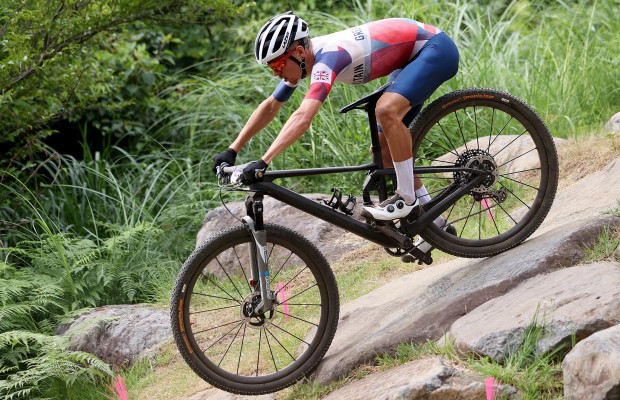
What bike size do you need? Here's how to find out
"UCI has decided to change a few features of the World Cup Course in Petropolis. Speaking as a course designer, I believe the changes add a lot of risk for racing situations.
I understand their concern on making it safer for some scenarios, but I made sure to share my thoughts and concepts to explain why I believe the changes are not positive.
Course remains the same but some of the jumps are now possible to be just rolled...
I know the course I built, and although is very challenging safety level is higher then most of tracks that we race.
Just sharing the info, and reinforcing that I don't agree with the changes made. More that that, I think that now some parts are going to be dangerous."
A few days ago, Carlos Coloma together with BH Templo Cafés showed us the circuit section by section while they themselves tried out several routes. And the truth is that it did not seem that the biggest drops, by height or distance, had many complications for any professional cyclist.
This controversy also contains the paradox of how the UCI World Cup has been trying for years to add spectacle to the event with increasingly technical circuits, but, as happened in Albstadt, at the same time includes a large number of artificial elements that are supposedly safer but take the competition away from the natural courses.